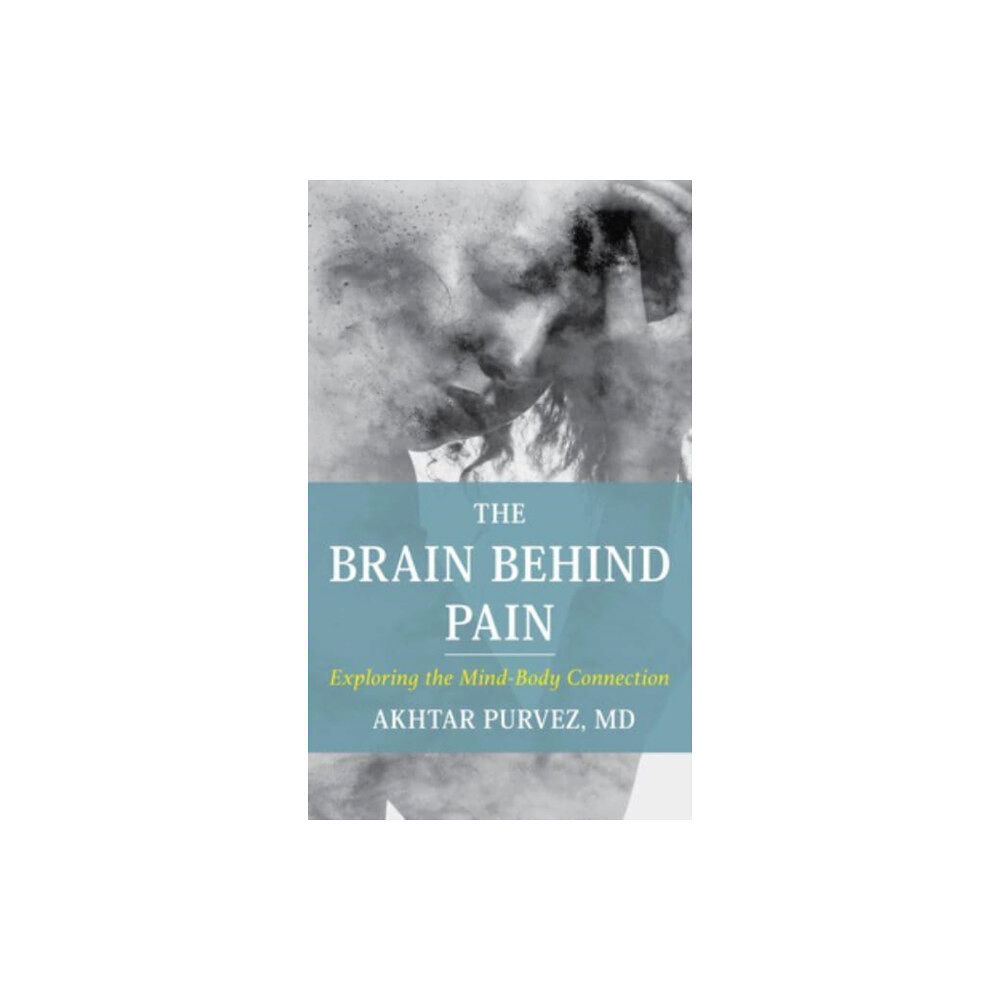- Hem
- Böcker
- Kurslitteratur
- Vård, Omsorg & Medicin
- The Brain Behind Pain (inbunden, eng)

The Brain Behind Pain (inbunden, eng)
One might think working as a physician would lead to disrespect for the human body. After all, most
of the bodies we see are broke...
- Fri frakt
Produktbeskrivning
One might think working as a physician would lead to disrespect for the human body. After all, most
of the bodies we see are broken or malfunctioning in some way.
In my case, however, the opposite is true. My practice as a pain specialist (particularly chronic pain)
has drawn me into areas beyond the usual options for medical treatment.
In the process, that has led
to a fascination with the human brain and its myriad properties.
I think it''s safe to say that most of us take our brains for granted. If we think about them at all, it''s
in terms of comparative mental accomplishment (in our prime of life) or dysfunction (beyond our
prime).
Rarely do we stand in awe of all that this eight-pound organ does for us.
With this book, I''m hoping to do my part to change that. The focus is on the brain''s relationship
with pain, but discussing that opens a door to broader considerations. Meanwhile, the potential
readership is literally universal -- all of us have brains, and almost all of us (except for those with a
rare condition described in the book) have felt pain.
What most of us may not realize is that research into the causes of pain began thousands of years
ago.
The ancient Egyptians pondered the question, and Greek philosophers such as Aristotle, Plato,
and Galen made it an important part of their overall philosophies. Hippocrates was laying the
foundation for modern brain and pain study as early as the late fifth century and other scientific
icons, such as Rene Descartes and Charles Sherrington, built on what he had discovered and
postulated.
By the 20th century, some new revelation about pain and its possible treatment was being reported
in the scientific journals nearly every month.
That has only accelerated over the past few years,
which makes the study of the brain and pain one of the livelier medical specialties.
Meanwhile, there has been a significant change in the attitude toward pain by 20th century
physicians, researchers and hospital personnel.
Previously, pain was simply linked to whatever
condition might be afflicting a patient, leading to the belief that when that condition was cured or
managed, the pain would automatically disappear.
Now, though, it has become apparent that pain might be more than just a symptom.
In some cases,
it becomes a condition all to itself.
Since pain is literally a product of the brain, which announces it after being warned by a small army
of nocioceptors stationed throughout the body, it is also open to glitches in that process. Chronic
pain often occurs when the brain "remembers" pain, even though the condition that caused it may
have been dealt with.
This book has a clinical core, but I have broadened the scope to include not only research history
but touch on several peripheral issuers involving pain.
That includes a chapter on masochism and
congenital insensitivity to pain, another on the opioid epidemic.
| Format | Inbunden |
| Omfång | 252 sidor |
| Språk | Engelska |
| Förlag | Rowman & Littlefield |
| Utgivningsdatum | 2022-11-04 |
| ISBN | 9781538172803 |
Specifikation
Böcker
- Inbunden, 252, Engelska, Rowman & littlefield, 2022-11-04, 9781538172803
Leverans
Betalning
Specifikation
Böcker
- Format Inbunden
- Antal sidor 252
- Språk Engelska
- Förlag Rowman & littlefield
- Utgivningsdatum 2022-11-04
- ISBN 9781538172803
